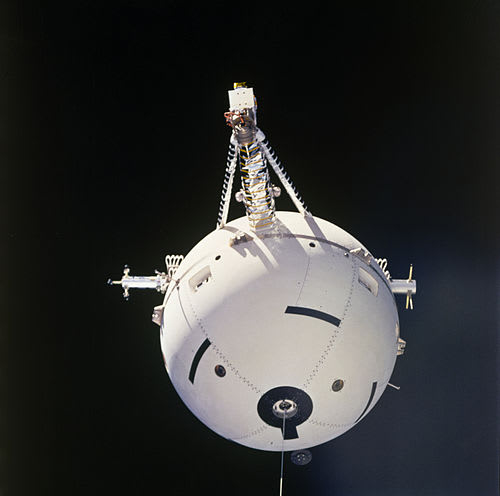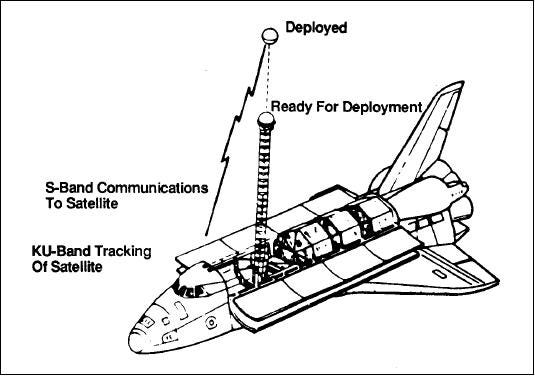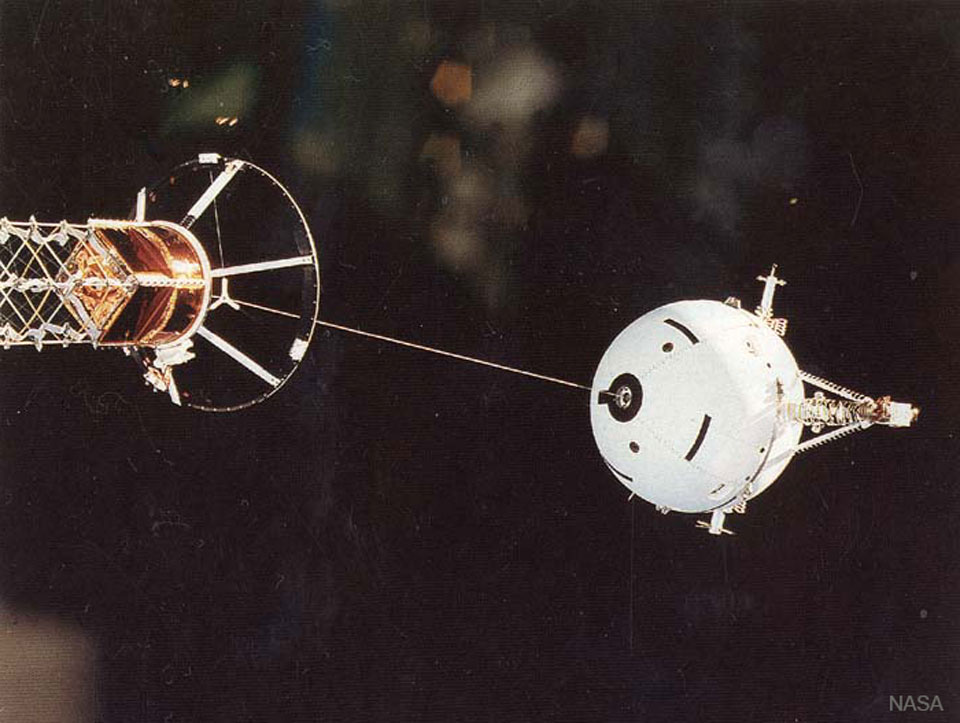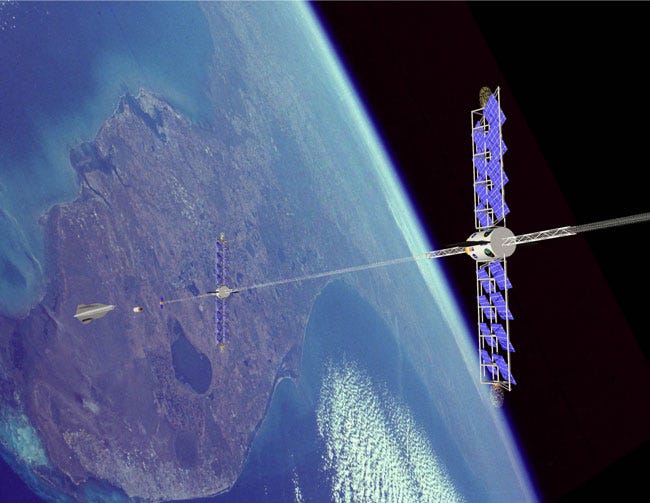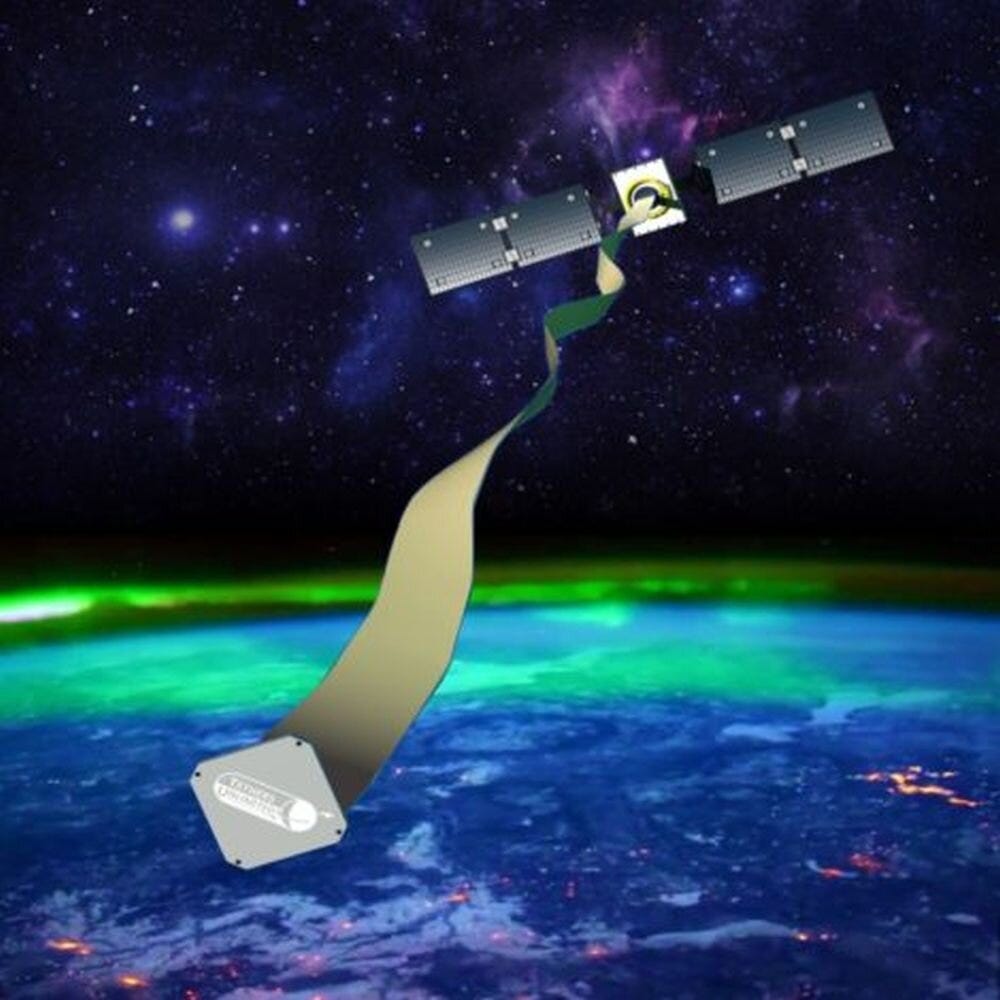Buried Potential? - Space Tethers
20 km long tethers that generate electricity out of thin air. Abandoned in 1996, revived with today's tech?
What are they, and how do they work?
Space Tethers or in this case, Electrodynamic Tethers were a concept explored by NASA and the Italian Space Agency (ASI) in its Tethered Satellite System (TSS) experiments in the 1990s. These tethers were long wires suspended from satellites that could generate electricity by interacting with the Earth’s magnetic field.
The current flowing through the wire would interact with the Earth’s magnetic field and provide a gentle push to the satellite, so it could also be used to change a satellite’s orbit without using fuel.
What did it look like?
These wires were more than 20 km long and thinner than a shoelace. The wire was spooled up inside the Space Shuttle orbiter and deployed in orbit. The other end of the wire was attached to the ‘satellite’, a small sphere with antennas and sensors. The wire was not slack like a rope on Earth. Instead, it was under tension due to the difference in gravitational force on the ends of the wire.
Mission Death
TSS-1 was cancelled due to mechanical issues, but TSS-1R successfully deployed almost 20 km of cable before the cable unfortunately snapped. Despite proving the physics of Electrodynamic Tethers, the tech demonstration project was discontinued.
If a broken tether hit any important satellites or the ISS, it could cause devastating damage. The tether itself was vulnerable to micrometeoroid strikes, not to mention snags during deployment.
Revival?
Today these these Electrodynamic Tethers could be brought back using stronger engineered materials, and precision reel systems could help make this possible. However, it might have limited uses, like deorbiting dead satellites that have run out of fuel. However, it is still risky and very unreliable, which begs the question - should it be revived?.
Drag Tethers
While electrodynamic tethers may have their issues, a different kind of tether is in use today - a drag tether. These have been used on small cubesats like the ESTCube-1 and Aalto-1. Unlike electrodynamic tethers, these tethers are non-conductive and much shorter. They work by increasing the friction with the air molecules, causing ‘drag’ to slow the satellite down so that it eventually burns up in the atmosphere. These drag tethers only work on small satellites in Low Earth Orbit, as they are only passive systems. Electrodynamic tethers, on the other hand, can be used for larger satellites in higher orbits.


